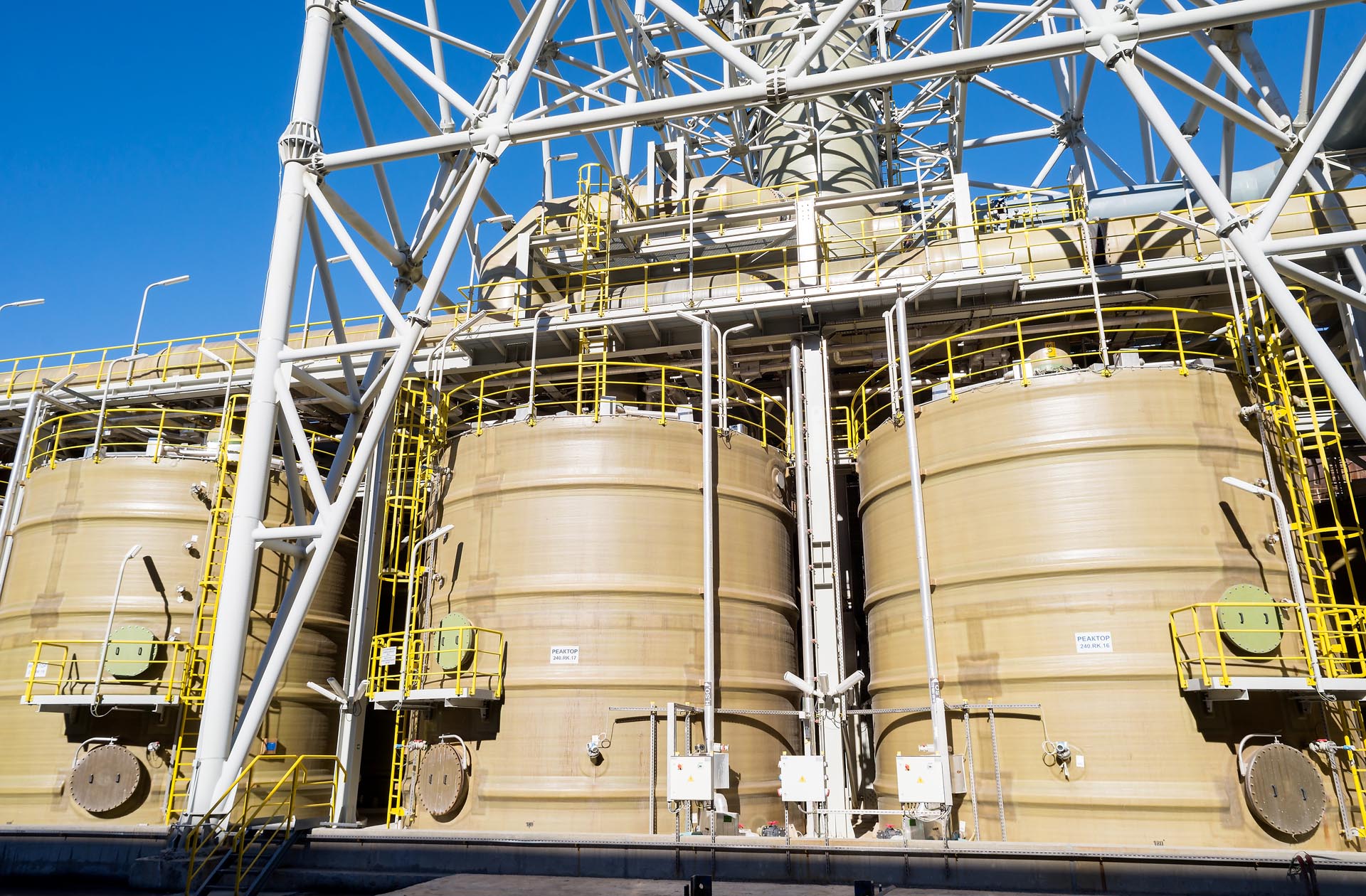The AWN treatment system is an innovative technology that effectively neutralises and treats acid waste to ensure safe discharge or further treatment. This system utilises various principles and techniques to treat and neutralise acid waste from different industrial processes. Its primary objective is to adjust the pH of the acid/alkaline waste to a safe level, making it less harmful and suitable for disposal or additional treatment.
Chemical neutralisation is one of the key principles used in the AWN treatment system. This process involves carefully adding alkaline substances like lime (calcium hydroxide), caustic soda (sodium hydroxide), or soda ash (sodium carbonate) to the acid waste. The alkaline substances react with the acidic components, forming water, salts, and other less harmful compounds. This chemical reaction raises the pH of the acid waste to a safe and acceptable level, typically within the limits set by regulations.
The AWN treatment system is widely used in various industries that generate acid waste. The etching and cleaning processes involved in manufacturing PCBs and other electronic components oblige the semiconductor and solar industries to treat their resulting acidic wastewater. This treatment system ensures the safe disposal of acids like hydrochloric acid or sulfuric acid, preventing contamination of water sources and safeguarding human health. It helps semiconductor and solar manufacturers comply with strict regulations and standards regarding the discharge of hazardous waste.
